By Prof. Dr. Nadiminty Sree Rāmachandra Śāstry
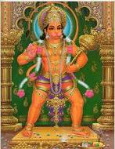
First and foremost Hanumān is a great Ācārya. As per the ancient Indian tradition, Ācārya – the venerable teacher, has three distinct virtues – i) He accumulates and conserves knowledge, ii) He practices the path enshrined in the knowledge, and iii) He brings the learner and the knowledge together. The first two are clear. The third virtue means many things that broadly fall under the virtue of leading the learner to ultimate realisation of the Supreme Being along the right path.
The Supreme Being is the Splendorous Energy, Paramātman, Bhagawan, God or whatever other name one gives. If we accept that there is a Supreme Being, the desire of mortals like ourselves, the Ātman – Being, has to be one with the Supreme Being, if not actually attain the supreme stage of merging with Him/That. There is also an Intermediary Being, if we may say so, who strives to guide and help the Being to attain closeness to the Supreme Being. This Intermediate Being is the Ācārya – the spiritual teacher-friend-guide-philosopher all in one, a Mahātma – venerable soul, perfect in all respects and one who has experienced Godliness. Scholars consider Hanumān as the embodiment of the perfection of a Ācārya.
In Vaişnava tradition Rāma is Paramātman. Sītā is the representative of Jeevātman. She is entrapped by the pleasures seeking soul – Rāvaņa in the mortal body – Lanka. Hanumān is the Ācārya that sees Sītā’s / Jeevātman’s longing for reunion with Paramātman / Rāma. As a perfect Ācārya Hanumān aids and abets the Sādhana – struggle of Sītā / Jeevātman to attain this union with Paramātman / Rāma.
Here Hanumān played the part of an Ācārya beautifully and successfully. Hanumān also united Sugrīva, Vibhīşana – Rāvaņa’s virtuous brother, and scores of monkey and bear warriors with Paramātman / Rāma.
It may be noted that Sītā / Jeevātman her self precipitated her abduction by Rāvaņa by sending away Rāma / Paramātman on a flimsy errand and did not heed to the protection of Lakşmana, also an embodiment of Ācārya. After losing the closeness to Rāma / Paramātman, Sītā / Jeevātman sorrowfully longs for Him. Rāma / Paramātman also longs and worries even more than Sītā out of affection and love for her, the being – Jeevātman and actually goes to war to extricate her from the influence of Rāvaņa – unrighteousness. The personnel, situational and material management involved in this was provided admirably by Ācārya Hanumān; even bringing straying souls back on to the right path. Affection or love or devotion is the most essential bridge between the Paramātman and Jeevātman.
We believe that Hanumān carries out these august duties even now. This deep Tattva – philosophical aspect needs understanding in the Indian tradition. In contrast to western concepts, search for Truth by an adherent of Sanātanadharma – our ancient way of life teaches us to look inwards into you, as per the holy seers and sacred texts. Note that, to be recognised, every thing around us has to be first perceived.
Don’t we actually realise the typical smell of a rose or green colour of the trees or warmth of the sunshine only when the brain determines the sense conveyed to it by the concerned sensory organs?. Similarly, one can realise the Supreme Being only with the ‘mind’s eye’, i.e. striving to understand things based on a foundation of knowledge. This may take infinite time. But an Ācārya can guide one to achieve the objective in a shorter time.
Like a true Ācārya that He is, Hanumān shows us the right path to follow in life at the time of launching Himself to fly across the sea in search of Sītā (refer to the very first Slōka in Sundarakānda). The path of wise seers is the path of righteousness, the path that one should follow in life. That is the right path for us to follow. Crossing the sea means wading across the Samsāra Sāgara – this mundane world full of distractions and pit-falls. Doing so by flying in the sky means taking action with thoughts of Paramātman uppermost in one’s mind. Sky, i.e. Ākāś means – Ā = everywhere, kāś = luminous, i.e. Parabrahman = full of Paramātman’s glow everywhere.
My revered Guru, renowned Sanskrit scholar, Ācārya Srī Appalla Sōmēsśwara Śarma explained that one could start one’s search of the Supreme Being by taking up a mode of devotion that is to his or her liking. Later, one can gradually graduate to a stage of becoming unmindful of names and forms and realise the Truth that he/she is that – ‘Tattvamasi’ – Though are that. Ultimately, the stage ‘Aham Brahma-asmi’ – I am the Supreme Being, will be attained. Attainment of this is attaining Paramapadam – the Ultimate Supreme Stage. This is the essence of Nigamāgamas (sacred worship books), the knowledge contained in the Vēdāngas (auxiliary works on the Vedas) and the message of all Śastras (the books of knowledge) of Sanātandharma – the eternal way of life. We look up to Hanumān to guide us in attaining that realisation.
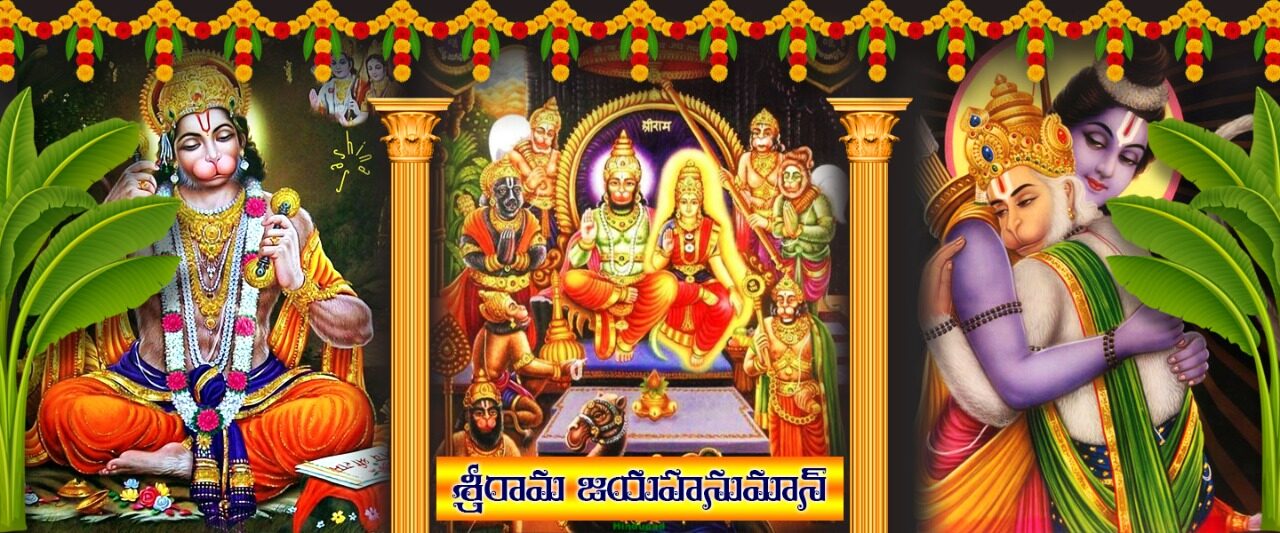
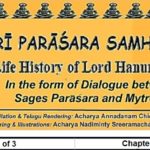

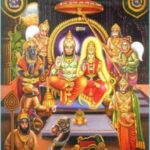

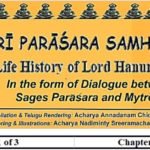
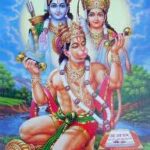
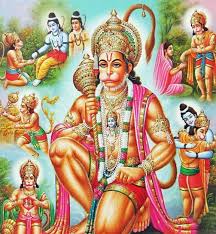
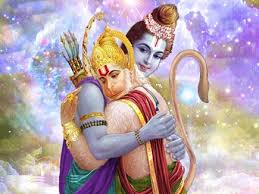
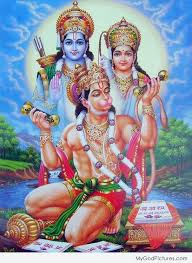
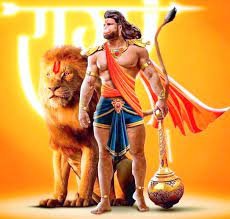
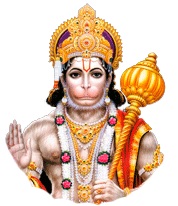
Be First to Comment